A haze of pink, red and lilac tulips, yellow daffodils and white anemones greeted us as we entered The Keukenhof Gardens, near Amsterdam. In the distance was a carpet of radiant orange, and under the trees a river of sky blue narcissi weaved between banks of postbox red flowers.
In the heart of the Bollenstreek bulb region, Keukenhof is renowned for its tulips. The eye-popping displays in the 79 acre park are primarily for Dutch bulb growers to show off their wares, (62% of all flower bulbs in the world are grown in The Netherlands as the surrounding iridescent fields illustrated); but visitors also flock to enjoy the kaleidoscopic beauty of Keukenhof for the two months it is open (from the end of March to mid May).
My husband and I wandered past beds of exotically shaped tulips: fringed, goblet and double-headed, with names such as Orange Marmalade, Tiramisu and Lingerie. All the while, the heady perfume of hyacinths and lilies filled the air. No wonder Keukenhof is known as The Garden of Europe.
The best way of reaching Keukenhof is with a Combi bus + train + garden ticket which includes transfers to and from Amsterdam (€33.50) or Schiphol airport (€29.50; there are small lockers at Keukenhof which is handy if you are coming straight off a plane with a little luggage). Tickets can only be bought online and for a specific timeslot.
Combine a visit to the gardens with a stay in elegant Amsterdam (only 27km away), and you have a one of the prettiest city breaks possible.
With its tree-shaded canals, pleasant café culture and elegant historic centre, Amsterdam is extremely popular and it can be an expensive struggle to find accommodation at peak times.
We stayed in the outskirts in the excellent Radisson in Kronenburg, the rather soulless business district in Amsterdam South. A kitchenette was included in our room, though the hotel has a good restaurant and bar. It is also close to the beautiful green open space of the Middelpolder which, feeling very Dutch, we cycled across (courtesy of Radisson’s rental bikes) and alongside the Amstel river into Amsterdam.
Amsterdam has four times more bikes (over 800,000) than cars, dedicated bike lanes and it is all very safe. However, our journey, which should have taken about 40 minutes stretched to an hour and a half due to our so-so map reading!
If this feels too much like hard work, use public transport. The next day we caught the tram from Kronenburg suburb to Amsterdam-Zuid and then to the city centre. Everything runs like clockwork, there are trains and buses every few minutes and it is easy to get everywhere.
One of the most cost-effective ways is to buy an iAmsterdam City Card. It includes city transport including the ferry, top attractions such as the Rijks Museum, as well as a day’s bike rental and an hour’s boat cruise. The longer you buy it for, the cheaper it becomes – 24 hours costs €65 and 96 hours costs €125.
We had 48-hour cards (€90 each) and caught the bus to the Spiegelkwartier, with its quaint lanes and fascinating antique shops, before stopping for lunch not far from the museum quarter. In the afternoon we overdosed on Rembrandt at the Rijks Museum and where at long last I saw The Night Watch – and learned about this trading nation’s prosperous 17th Century Golden Age in which much of Amsterdam was built.
It is vital to book ahead. By the time I tried to reserve tickets for The Van Gogh museum it had already sold out and we couldn’t get in. Instead we strolled along the Prinsengracht and saw Anne Frank’s house and the small annex where she hid with her family for two years during the Second World War – a heart-rending and illuminating visit.
Next day we spent a relaxing morning strolling from the central station through the tangle of small canals and over ancient bridges (there are about 1,500 in Amsterdam) that make up the oldest quarter. We stopped in a cheese deli for some Gouda and visited the Oude Kerk (the oldest building in the city, founded in 1213).
After enjoying one of Amsterdam’s excellent beers and watching the world go by at a cafe, we took an hour’s boat cruise. As we floated along Herengracht – the most prestigious canal in the city’s renowned Canal Ring – we saw the “dancing sisters”.
This clutch of imposing merchant’s homes had had damp foundations which typically had caused them to tilt and slant. That, or Amsterdam’s beer was very good indeed.
Rather like our fabulous trip.
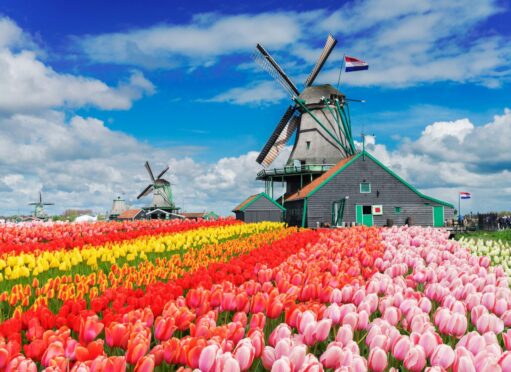
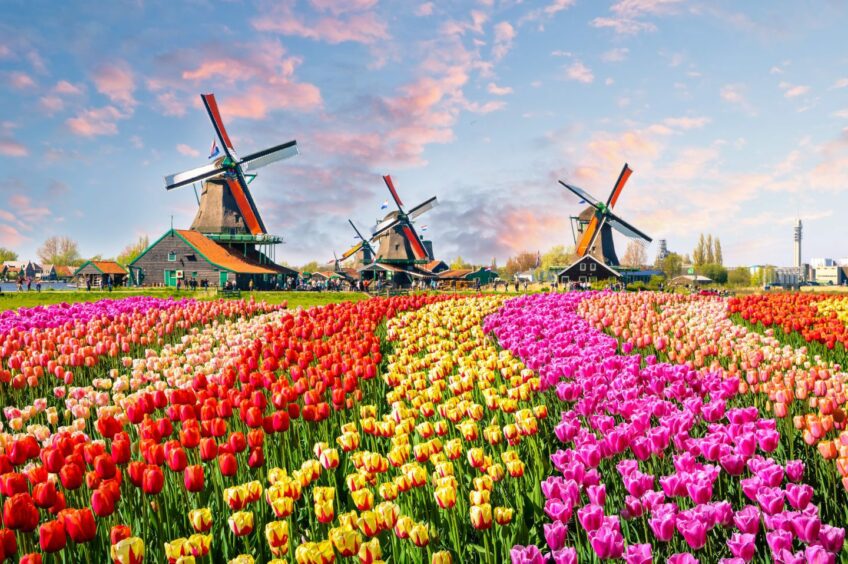
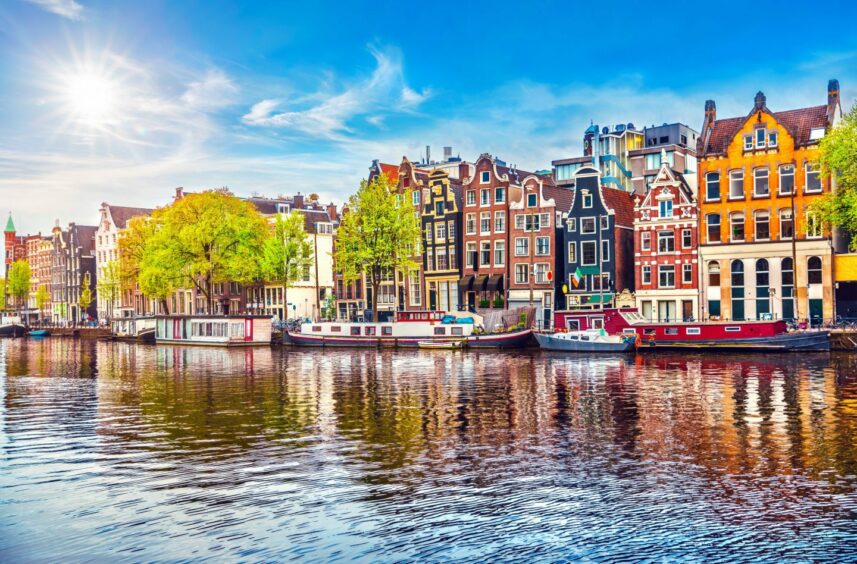
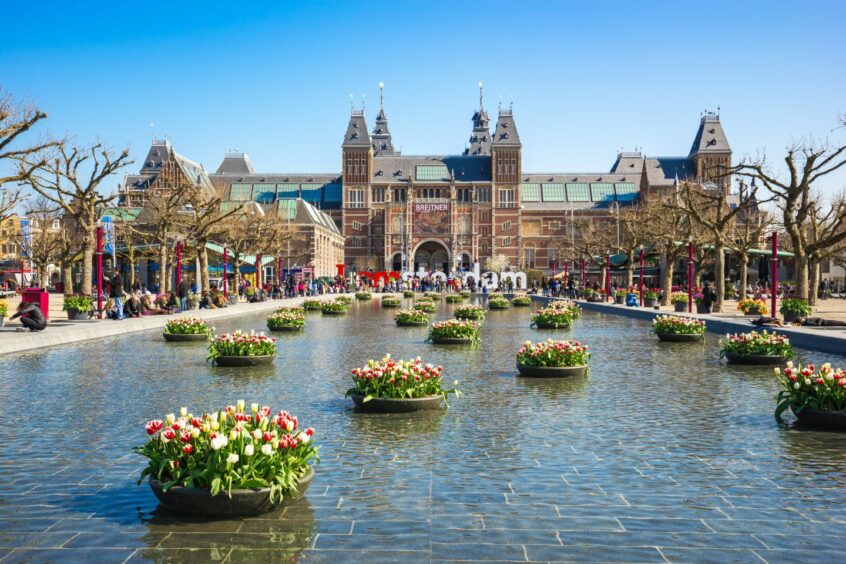
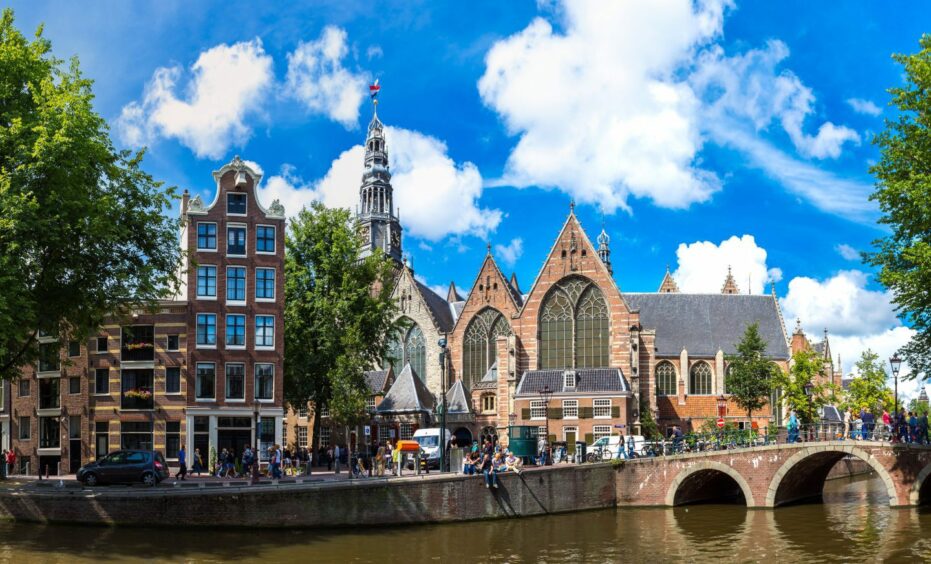
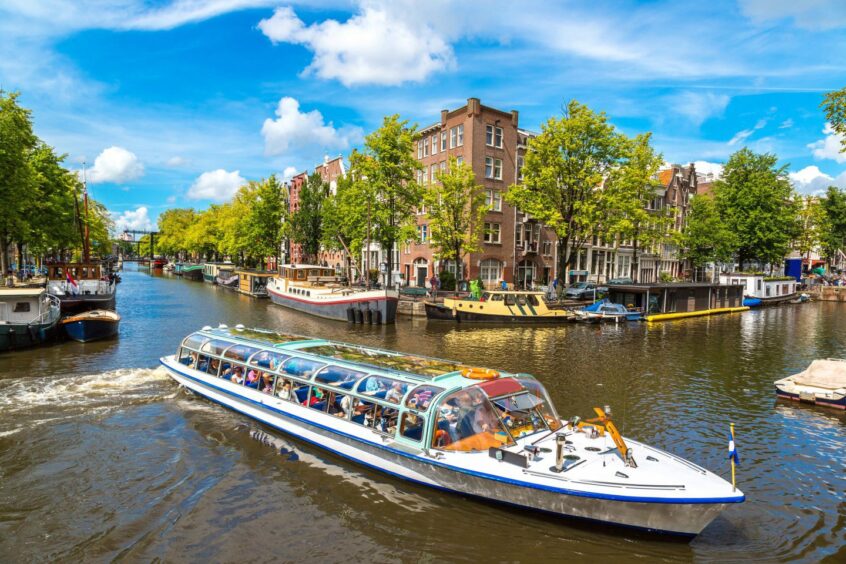
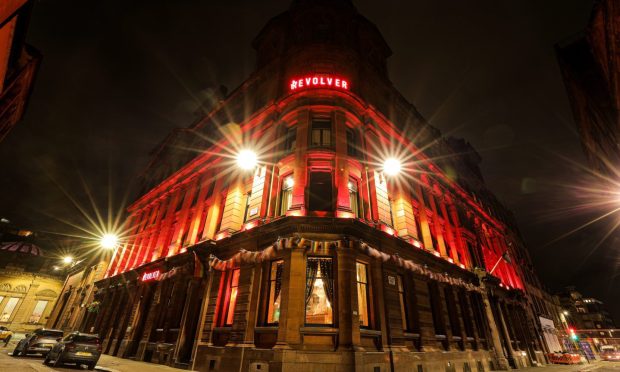
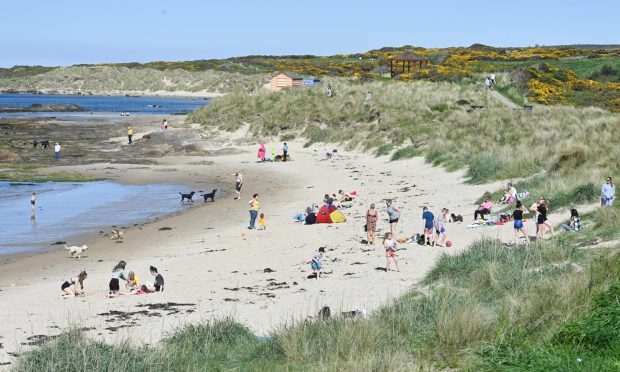
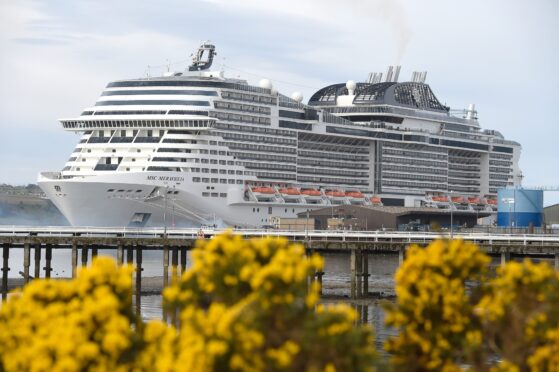

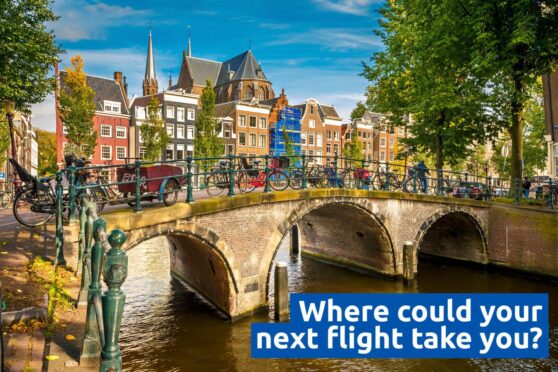
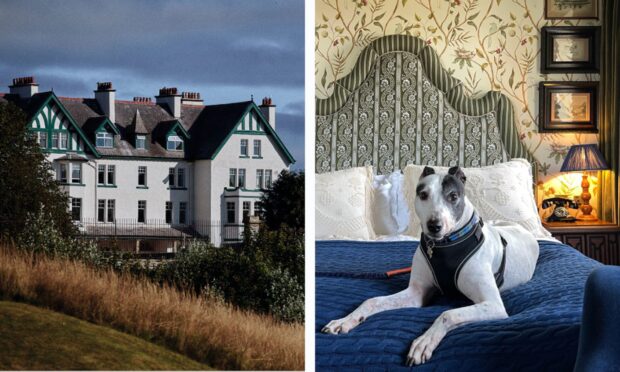
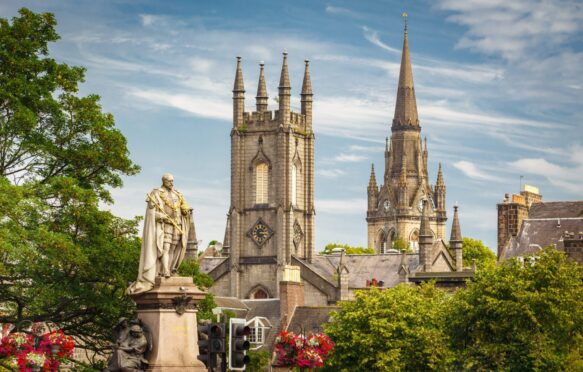
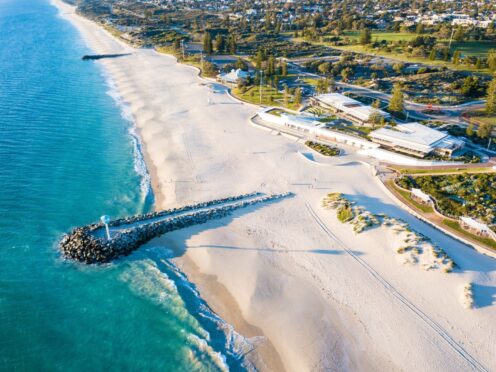


Conversation